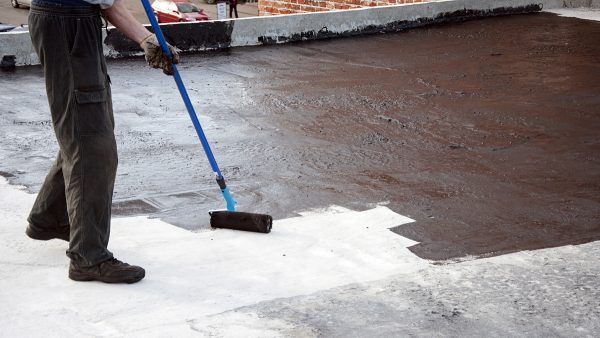What is the procedure of waterproofing?

Waterproofing can protect your building from leaks, foundation damage, deterioration, and more. It’s an ideal choice for commercial buildings, regardless of age or size. In this guide, we’ll discuss the basic waterproofing procedure and how it prevents water infiltration.
Different types of waterproofing procedures
Waterproofing is not a one-size-fits-all process. There are several waterproofing methods that can be used on their own or in combination with one another. Common waterproofing procedures include:
- Liquid waterproofing: where layers of liquid are sprayed or painted onto the surface. The layers harden to form a thick, custom-fit membrane.
- Cementitious waterproofing: where a special formula of cement is painted or skim coated onto the surface. The cement is not flexible like other waterproofing materials, so it is best used in areas that experience minimal shifting throughout the year.
- Bituminous waterproofing: available in membrane and liquid applications. This is a common alternative to liquid waterproofing because the bituminous materials adhere better to certain construction materials.
- Polyurethane membrane waterproofing: involves a heavy-duty membrane that stays flexible even after weather exposure. Other materials get brittle from UV rays, but the poly is incredibly durable. The only drawback to this waterproofing procedure is the heftier price tag.
Common steps in commercial waterproofing
Every waterproofing solution is slightly different, but most involve the use of a membrane or liquid coating. The material is designed to adhere to the concrete/masonry on the building while remaining flexible enough to expand and contract with the seasons.
Your waterproofing procedure will likely consist of a consultation to determine which type of waterproofing is right for your building. From there, workers may excavate part of the ground around the building to access the foundation, unless it is already exposed. They’ll prepare the surface, apply the coating(s), and let the materials cure. Then, they’ll replace the excavated materials and clean the area.
In the case of interior waterproofing, the application is relatively similar, but there is no excavation required. Reach out to JK Industries to start your waterproofing journey.
